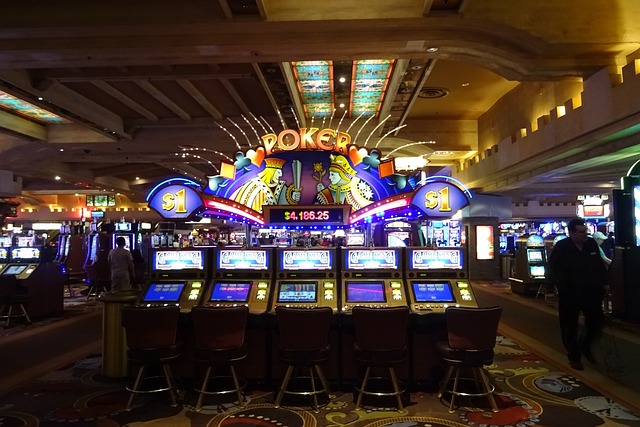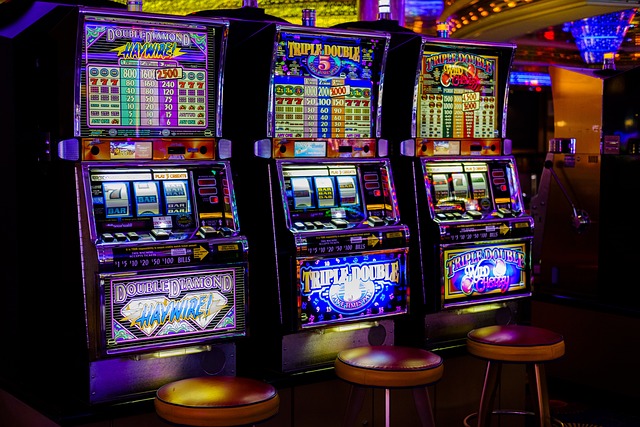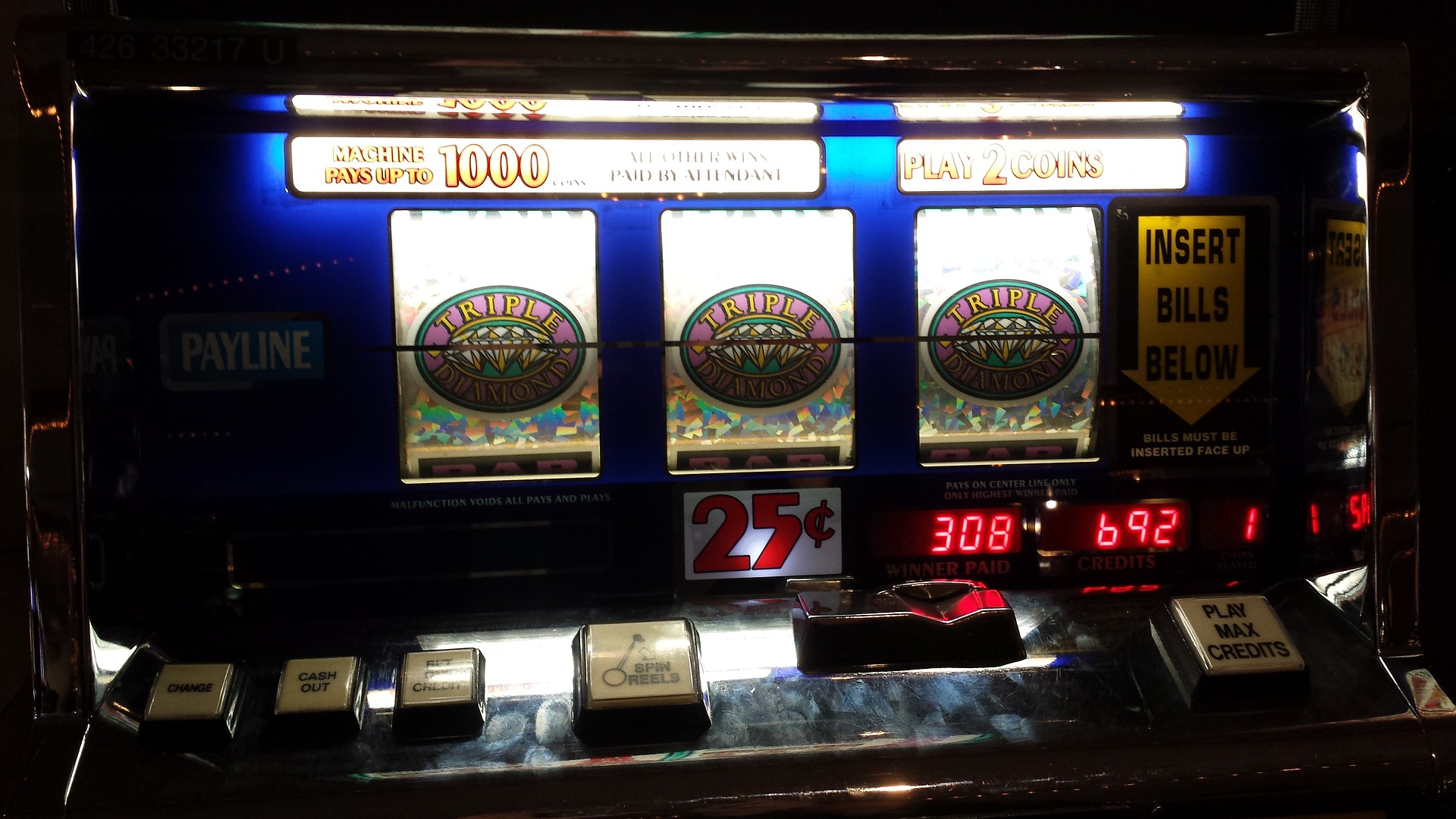Perhaps as a child on the Oslo boat or in the local sports hall. Maybe it was as a teenager at the local pizza bar. Or as an adult on your first visit to the casino. They have been an unconscious part of the background noise of our lives and we all have stories from our encounters with these machines. In this article, we’ll take a closer look at how these slot machines actually work, and go all the way back to where it first started.
Liberty Bell
These days it’s easy to play online. You click into any poker site, and you can easily find a huge selection of games, such as Texas Hold’em, and an even larger selection of digital slot machines for you to clutch in their virtual arms. These online slots use advanced algorithms to work optimally, and even the physical machines in land-based casinos are cutting-edge technological marvels. The first slot machines to be built, however, were much more primitive. In fact, the very first slot machine was built in 1895 and named the Liberty Bell. Let me take you back in time…
The year is 1887 and the place is San Francisco, California. The man’s name was Charles Fey, and he was an inventive – if eccentric – mechanic with a flair for electronics and machines. His first slot machine was therefore a true one-off. The Liberty Bell had three rows, and when you pulled its arm, you had the chance to win by hitting the right combinations of playing cards and, of course, the image of the Liberty Bell of Philadelphia. Soon after, he followed up the success with the so-called Fruit Machines, which replaced the images of playing cards with berries and fruit, and where the prize was a packet of chewing gum or a piece of fruit instead of money. This was because the state had banned gambling, and it was a way of getting around the ban by no longer playing for money.
Modern vending machines

If you hit the jackpot on the very first slot machine, Liberty Bell, you could get paid out as much as 50 cents. Today, it’s much more high-tech and it’s no longer just about hitting three of a kind. If you hit the jackpot on one of today’s machines, you can often score millions of dollars. There are bonuses and special rules, so it pays to get familiar before you sit down in the chair and tug on the token arm. Both the physical machines in casinos and the machines online use advanced algorithms that calculate odds and automatically (and randomly) control the results. Algorithms are recipes for solving specific problems in a software. It is used in most things and can, for example, be used for advanced technology in cars and robots.
In fact, for the first many years, slot machines worked in much the same way without major technological advances. The player would toss a coin into the selected machine and the coin would release the arm of the machine for the player to pull. It was precisely because of this mechanism that slot machines were also called one-armed thieves. When the player pulled the handle, a mechanism caused the reels to spin, and when the reels stopped, three numbers or symbols appeared, which determined the size of the player’s possible prize (or lack thereof). If the combination was just right, the gears inside the machine would click into place, triggering a cash prize whose size was based on the order of the combination. The machines usually had three reels with ten symbols on each. Together, this made 1000 possible combinations. Soon after, machines with 20 symbols on each reel increased the possible combinations to 8000, making it harder for the player to hit the jackpot.
In fact, it was not until the 1960s that these mechanical slot machines were replaced by electronic machines with a built-in random number generator instead of spinning reels. Most machines today still have these reels, which are now on a video display, but the reels have no function other than aesthetics and nostalgia. Instead, it is now this random number generator that determines which symbols are there the winning ones and which ones are landed on. It’s a much more precise form of technology, making the game more exciting and far more random, and the technology has allowed for huge amounts of possible combinations.
You can now find slot machines in most land-based casinos and some are more famous than others. Now let’s delve into history and find out the most fascinating stories from casinos around the world.
Famous slot machines and superstition

Some slot machines are almost iconic, and people flock to casinos and queue up to try a spin on one of the famous machines. One of these iconic machines, which has achieved near-star status in the gambling world, is the Big Bertha slot machine. It cost $150,000 to make and took up a lot more space than a standard slot machine. Because of its enormous size and manufacturing cost, it was not produced on a very large scale. Today, only a handful are found in mainly American casinos. The machine is technically more advanced than its smaller counterparts, and the odds of winning the jackpot on a Big Bertha are around 1 in 15 billion. It’s an almost impossible feat, and in fact there has only been one winner, a Canadian woman who won $1 million on a Canadian Big Bertha in 2001.
Another famous machine with an equally famous jackpot is Megabucks at the Mirage Hotel and Casino in Las Vegas. On opening day in 1989, Elmer Sherwin won $4.6 million on a Megabucks machine, starting the superstition that there is a lot of luck in a casino on opening day.
We round out with a very stubborn jackpot, the Lion’s Share machine at MGM Grand in Las Vegas. Lion’s Share was in fact 50 different machines at the casino, all linked to the same jackpot, but after the casino opened in 1993, despite many hopeful players, a winner of the jackpot was never found and it just kept growing. A full 21 years and a cult following later, only one working slot machine remained, and the jackpot was finally won by a couple from New Hampshire in August 2014.
Slot machines of the future
The gaming machines have been continuously updated in line with the latest gaming technology. In the early 00s, for example, 3D technology came to the small screens, and 4D followed closely behind. There were progressive games and other developments, but if casinos are to continue to attract customers in the future, it is important that slot machines in particular continue to innovate. Some suggestions floating around right now include interactive games, where players can get bonuses in the form of extra choices and other ways to interact with the game, and virtual reality is also high on the list of things needed to revamp the reputation of slot machines.
